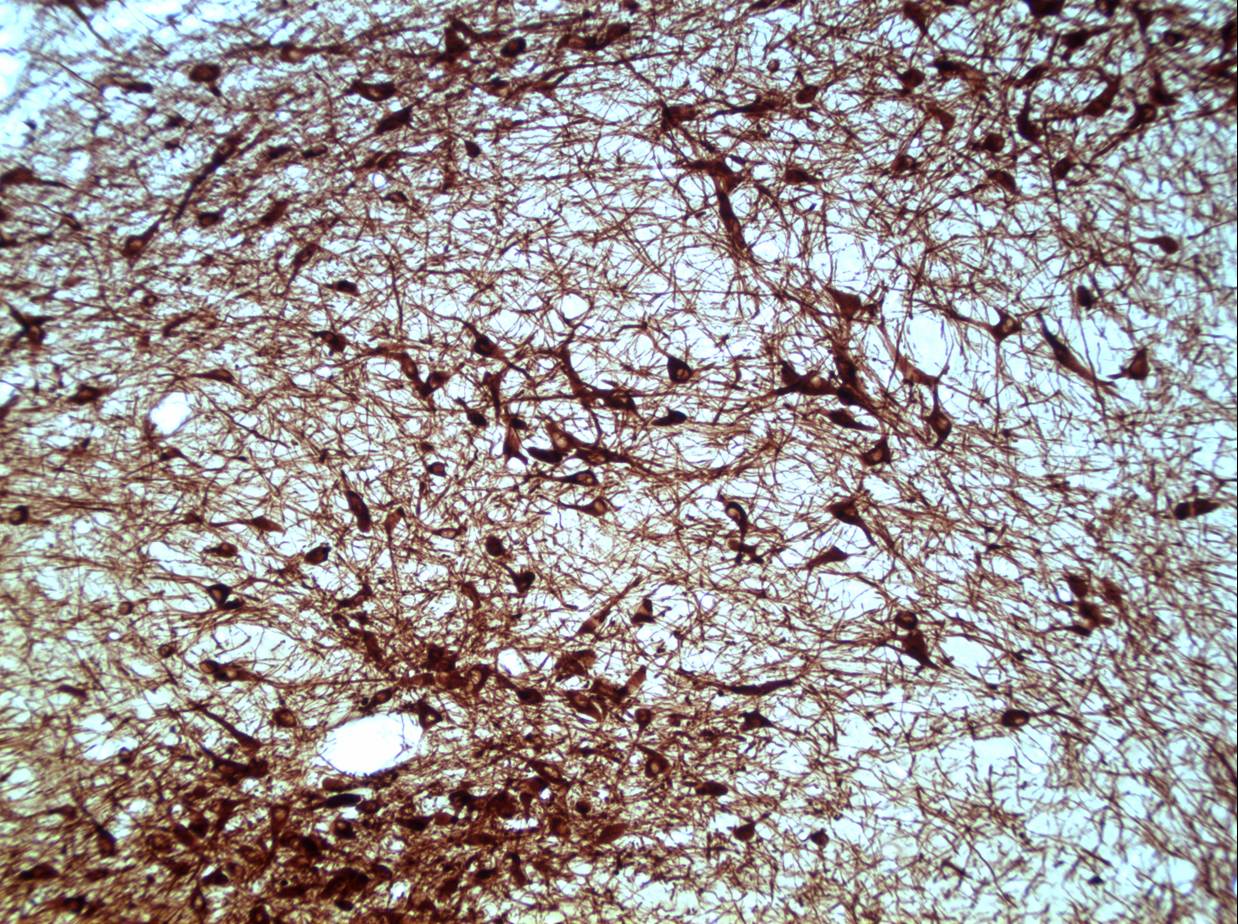Research
Neural stem cells (NSCs) are the most primordial and least committed cells of the nervous system. To be a neural "stem" cell, as opposed to a "progenitor" cell or "precursor" cell, a single cell (i.e., clonal analysis is required) must have the following functional properties:
 (1) "multipotency", the ability to yield mature cells in all 3 fundamental neural lineages throughout the nervous system: neurons of all types; astrocytes of all types; and oligodendrocytes -- in regional and developmental stage-appropriate manner;
(1) "multipotency", the ability to yield mature cells in all 3 fundamental neural lineages throughout the nervous system: neurons of all types; astrocytes of all types; and oligodendrocytes -- in regional and developmental stage-appropriate manner;
(2) the ability to populate a developing region and/or repopulate an ablated or degenerated region of the CNS with appropriate cell types;
(3) "self-renewal", i.e., the ability (ideally throughout life) to produce daughter cells with identical properties.
"Progenitor cells" tend to have a more limited self-renewal capacity as well as a narrower range of fates. "Precursor cells" typically have a very finite number of cell divisions before end differentiation and may already be committed to one or merely a few cell types. It is debated whether an embryonic stem cell, i.e., a cell that exists in the inner cell mass of a blastocyst and that gives to all cells of the body must first become a neural stem cell before giving rise to particular neural cell types.